42 balarishta yoga in astrology
Shravana - Wikipedia Shravana is the 22nd nakshatra (Devanagari नक्षत्र) or lunar mansion as used in Hindu astronomy, Hindu calendar and Hindu astrology.It belongs to the constellation Makara (Devanagari: मकर), a legendary sea creature resembling a crocodile] or Capricorn.The name alludes to Shravan, a mythological character who attained repute due to his utmost devotion to … Ashvini - Wikipedia Ashvini (अश्विनी aśvinī) is the first nakshatra (lunar mansion) in Hindu astronomy having a spread from 0°-0'-0" to 13°-20', corresponding to the head of Aries, including the stars β and γ Arietis.The name aśvinī is used by Varahamihira (6th century). The older name of the asterism, found in the Atharvaveda (AVS 19.7; in the dual) and in Panini (4.3.36), was aśvayúj ...
Trikonasthanas - Wikipedia Trikonasthanas or trikonas or trines are conventionally the Lagna or the Birth-ascendant, the fifth and the ninth bhava or house counted from the Lagna (or the Chandra-lagna or the Surya-lagna). They form the Dharma-trikona and are also known as the Lakshmisthanas, these bhavas and their lords signify luck and prosperity.The Lagna is both, a kendrasthana and a trikonasthana

Balarishta yoga in astrology
Rahu - Wikipedia Rāhu (Sanskrit: राहु, ) is one of the nine major celestial bodies in Hindu texts and the king of meteors. It represents the ascension of the moon in its precessional orbit around the earth, also referred as the north lunar node, and along with Ketu, is a "shadow planet" that causes eclipses.Despite having no physical existence, Rahu has been allocated the status of the planet … Sidereal and tropical astrology - Wikipedia Sidereal and tropical are terms used to describe two different definitions of a year, applied in sidereal solar calendars or tropical solar calendars.In astrology, they refer to two different systems of ecliptic coordinates used to divide the ecliptic into twelve "signs". Each sign is divided into 30 degrees, making a total of 360 degrees. While sidereal systems of astrology define the … Mangala - Wikipedia Mangala (Sanskrit: मङ्गल, IAST: Maṅgala) is the personification, as well as the name for the planet Mars, in Hindu literature. Also known as Lohita (lit. 'the red one'), he is the celibate deity of anger, aggression, as well as war. According to Vaishnavism, he is the son of Bhumi, the earth goddess, and Vishnu, born when the latter raised her from the depths of the primordial ...
Balarishta yoga in astrology. Budha - Wikipedia Budha (Sanskrit: बुध) is a Sanskrit word that connotes the planet Mercury. Budha, in Hindu legends, is also a deity. . He is also known as Soumya (Sanskrit: सौम्य, lit. son of Moon), Rauhineya and Tunga and is the Nakshatra lord of Ashlesha, Jyeshtha and Revati. Planet. Budha as a planet appears in various Hindu astronomical texts in Sanskrit, such as the 5th century ... Ketu (mythology) - Wikipedia Ketu (Sanskrit: केतु, IAST: Ketú) is the descending (i.e. 'south') lunar node in Vedic, or Hindu astrology. According to accounts in Hinduism, Ketu belongs to Jaimini Gotra, whereas Rahu is from Paiteenasa gotra; hence the two are entirely different entities with distinct characteristics but nonetheless are two parts of a common body.Ketu is generally referred to as a "shadow" … Ayanāṃśa - Wikipedia Ayanamsa (ayanāṃśa: from Sanskrit ayana 'movement', and aṃśa 'component'), also ayanabhāga (from Sanskrit bhāga 'portion'), is the Sanskrit term for many systems used in Hindu astrology to account for the precession of equinoxes. [verification needed] There are also systems of ayanamsa used in Western sidereal astrology, such as the Fagan/Bradley Ayanamsa. Sanyasa yoga - Wikipedia Sanyasa – meaning of. Sanyasa, this word is mentioned for the first time in the Mundaka Upanishad, it is the path of renunciation.A Sanyasi is one who has risen above the mundane ambitions of a householder and also the silence and penance of a recluse. According to the Bhagavad Gita, Sanyasa means relinquishment of actions arising from desires, and Tyaga …
Mangala - Wikipedia Mangala (Sanskrit: मङ्गल, IAST: Maṅgala) is the personification, as well as the name for the planet Mars, in Hindu literature. Also known as Lohita (lit. 'the red one'), he is the celibate deity of anger, aggression, as well as war. According to Vaishnavism, he is the son of Bhumi, the earth goddess, and Vishnu, born when the latter raised her from the depths of the primordial ... Sidereal and tropical astrology - Wikipedia Sidereal and tropical are terms used to describe two different definitions of a year, applied in sidereal solar calendars or tropical solar calendars.In astrology, they refer to two different systems of ecliptic coordinates used to divide the ecliptic into twelve "signs". Each sign is divided into 30 degrees, making a total of 360 degrees. While sidereal systems of astrology define the … Rahu - Wikipedia Rāhu (Sanskrit: राहु, ) is one of the nine major celestial bodies in Hindu texts and the king of meteors. It represents the ascension of the moon in its precessional orbit around the earth, also referred as the north lunar node, and along with Ketu, is a "shadow planet" that causes eclipses.Despite having no physical existence, Rahu has been allocated the status of the planet …

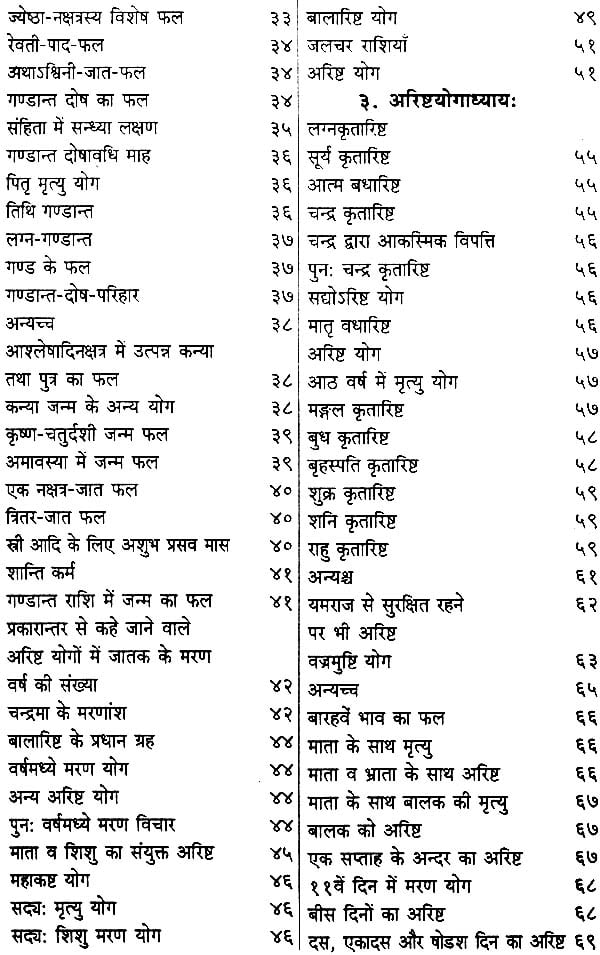





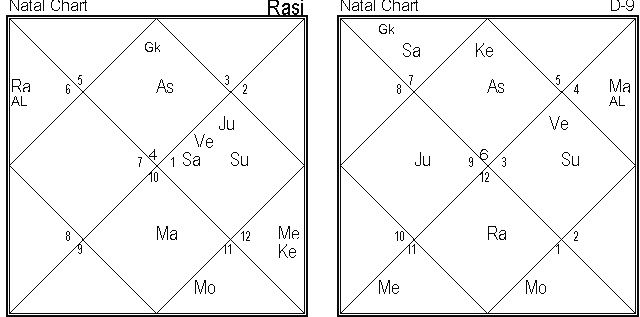

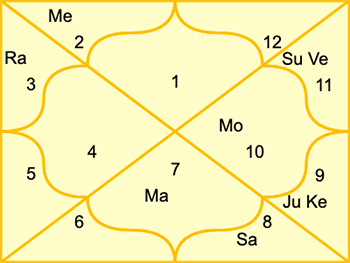








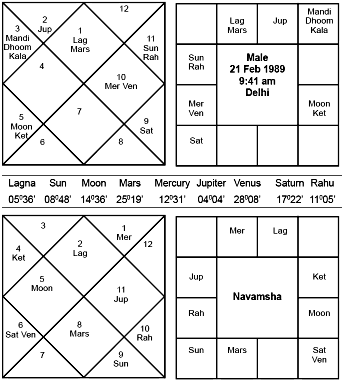







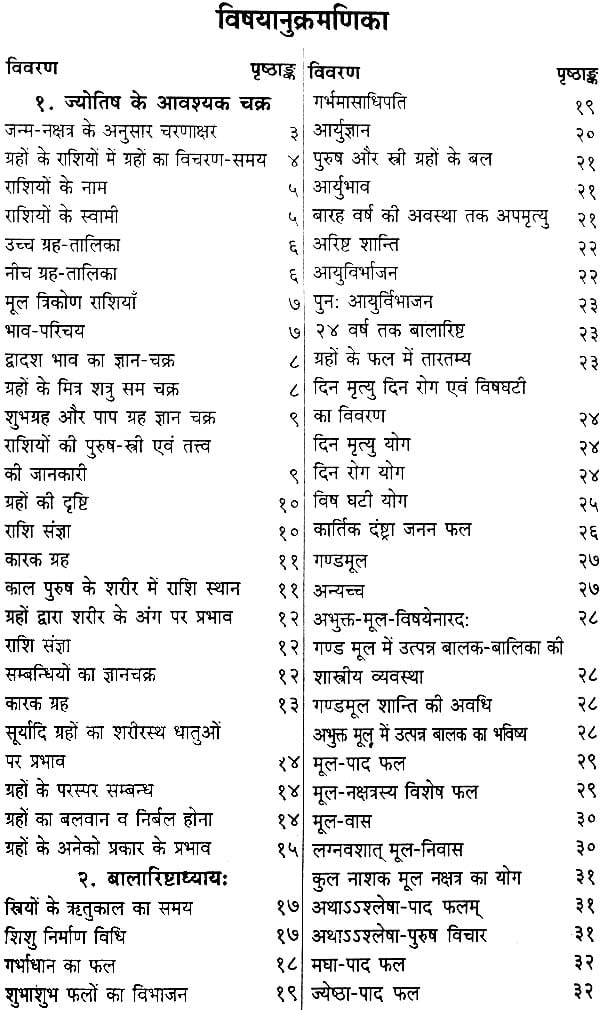


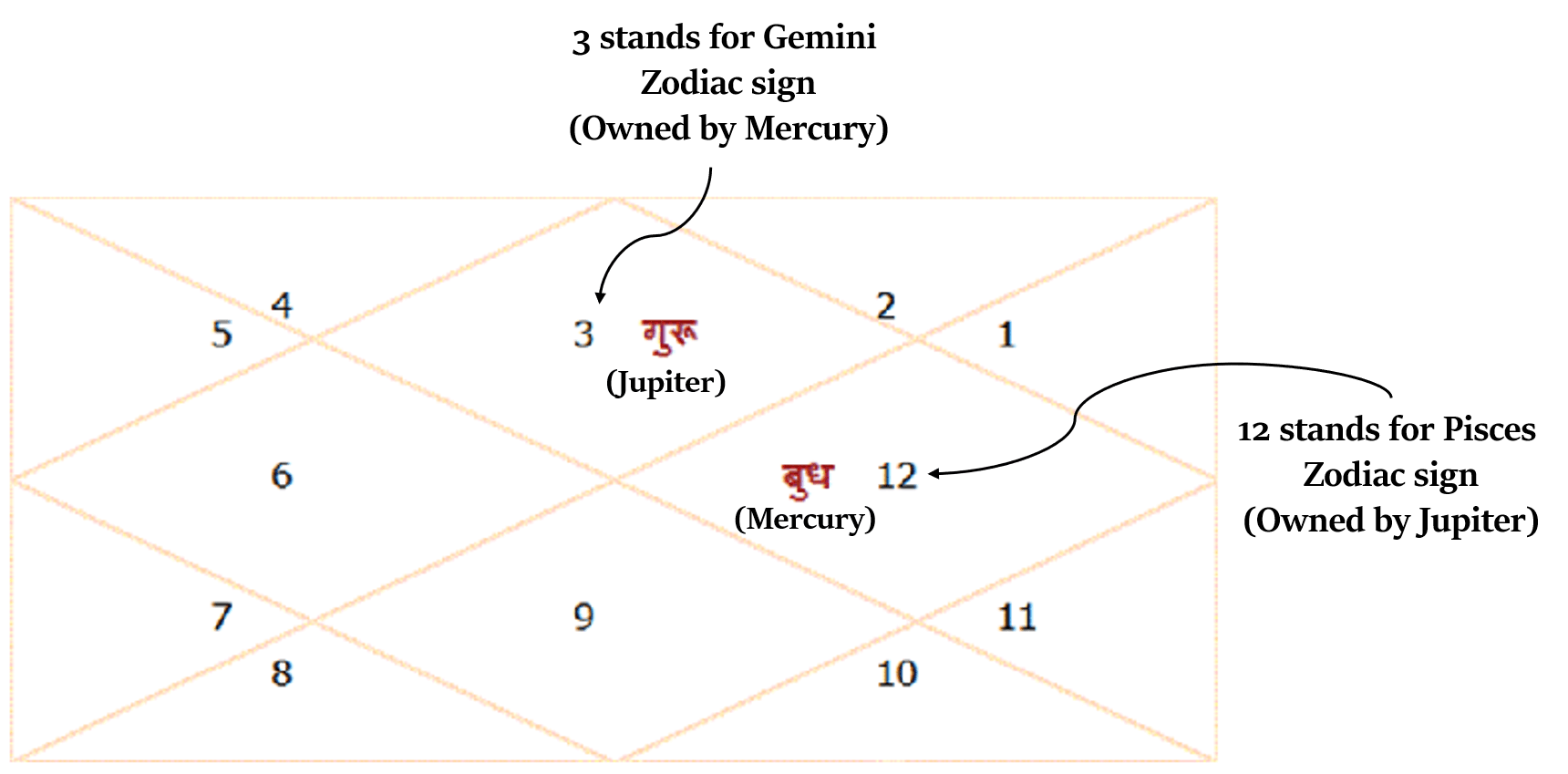



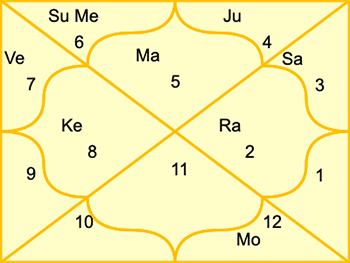
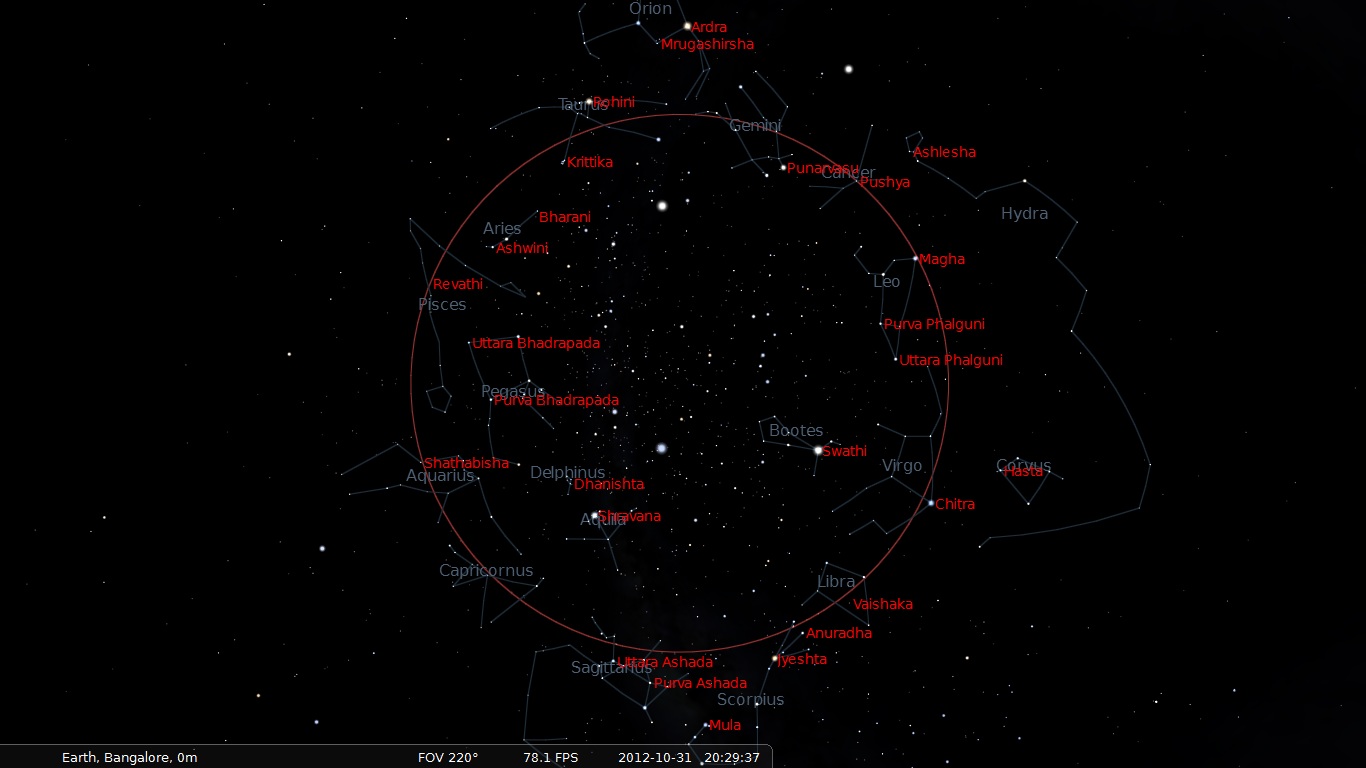
0 Response to "42 balarishta yoga in astrology"
Post a Comment